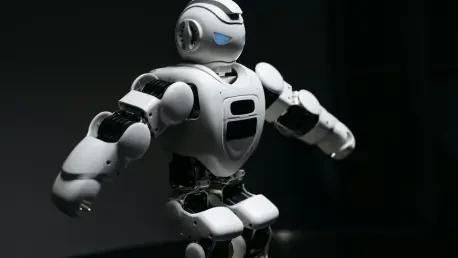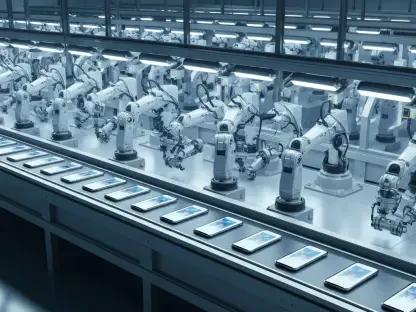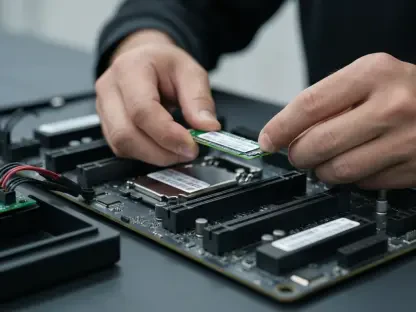The unlikely intersection of children’s toys and advanced robotics presents a fascinating scenario: could the playful mechanisms behind a simple toy lead to groundbreaking innovations in soft robot design? This intriguing question is at the forefront of cutting-edge research, uncovering how fundamental principles from the “jumping popper” toy might redefine jumping soft robots’ capabilities.
Beyond Play: Toy Physics Redefining Robotics
At the heart of this exploration is a common child’s toy known for its sudden leaps and unpredictable motions—the jumping popper. Researchers have turned their attention to this toy not as a plaything but as a vital model for innovations in robotic design. The toy’s simplistic mechanism, characterized by its thin hemispherical shell, offers insights into creating more efficient and dynamic soft robots, capable of intricate movements necessary for various applications.
Delving into Dynamics: Advancing with Soft Robotics
Soft robotics holds substantial promise for sectors requiring machines that can perform delicate maneuvers. Unlike their rigid counterparts, soft robots provide flexibility and adaptability, making them particularly useful in areas like search and rescue operations, where navigating through unpredictable environments is crucial. Furthermore, their potential extends to environmental monitoring, where precision and sensitivity are vital. These qualities make soft robotics a prime candidate for future technological solutions to address significant global challenges.
Ingenuity in Jumping: Transforming Simplicity into Precision
The journey from child’s play to high-tech precision involves meticulous investigation. By studying the mechanics behind the jumping popper, researchers have gained new insights into controlling soft robots’ jumping dynamics. The groundbreaking study applied experimental methods and predictive simulations to examine how the thin, hemispherical shape affects movement. Understanding these dynamics allows researchers to craft soft robots that leap with greater accuracy and reliability, opening new possibilities for their deployment in complex environments.
Voices from the Field: Refining Theory with Insights
Research endeavors into these jumping mechanisms have been championed by figures such as Tomohiko Sano, who underscores the significance of understanding each component’s role in overall robot performance. Meanwhile, Ryuichi Tarumi emphasizes the study’s potential to optimize robot design for specific environments without engaging in extensive physical trials. Such insights pave the way for a deeper integration of theoretical models into practical applications, enhancing robots’ functional capacity across various landscapes.
Designing for the Future: Practical Strategies in Soft Robotics
Leveraging the insights gained from studying the jumping popper, researchers are developing methodologies and frameworks to enhance soft robot design. By employing advanced predictive modeling, they aim to streamline the creation of robots specifically tailored to tasks and environmental conditions. This approach minimizes the exhaustive trial and error traditionally required, ensuring more rapid and effective innovation in robotic design and deployment.
Moving Ahead: Soft Robotics at the Brink of Transformation
The research laid a foundation for transforming the field of soft robotics. While the initial inspiration stemmed from an unexpected source—a child’s toy—the insights gleaned pointed toward exciting future possibilities where these robots could address complex challenges. The combination of theoretical and practical applications may not only bridge the gap between simplistic toy mechanisms and sophisticated robotics but also propel the technology further into industries where adaptability and precision mean the difference between moderate success and groundbreaking solutions.









